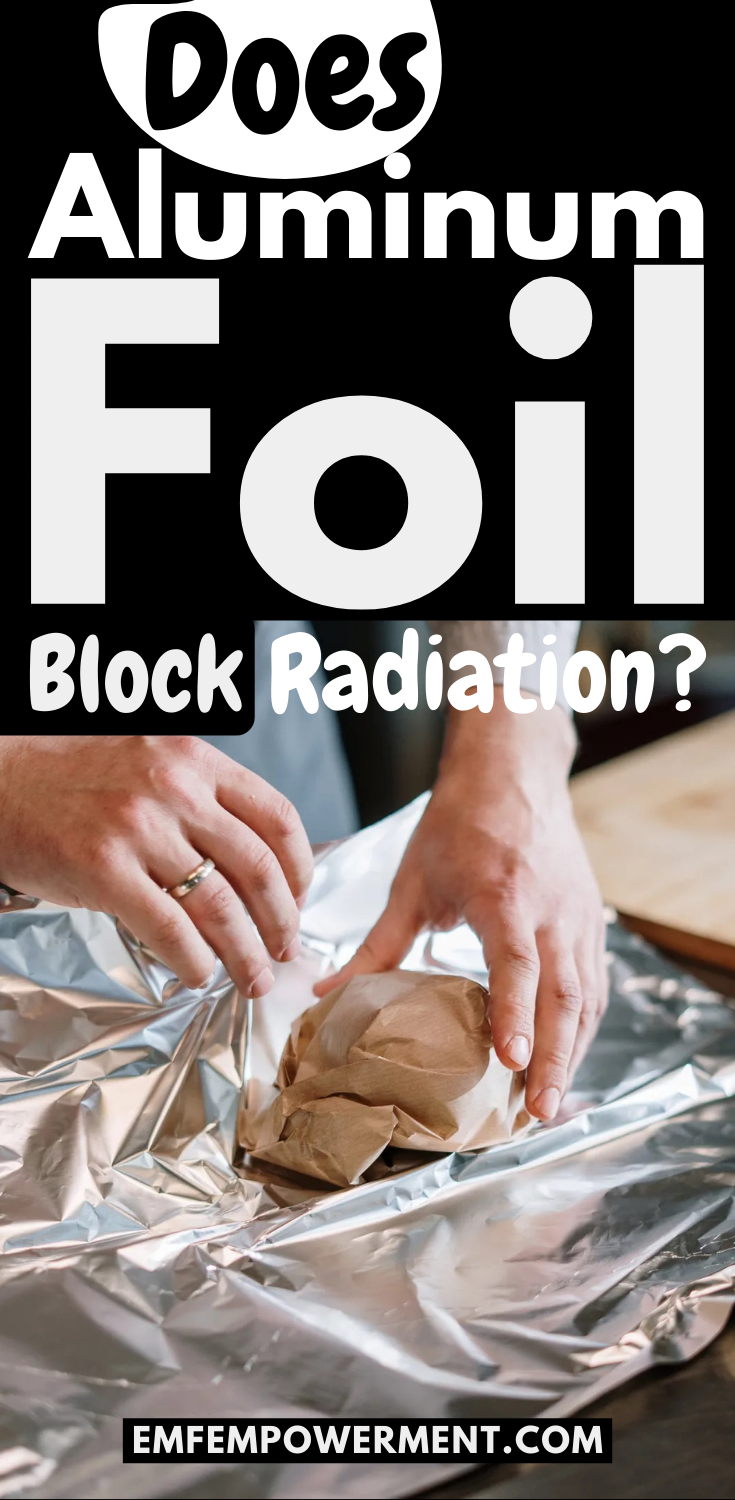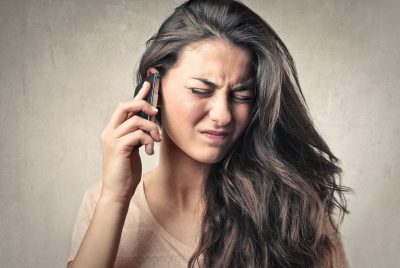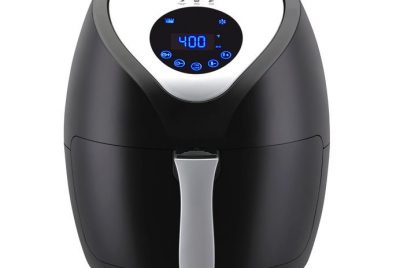On April 3, 1973, the first mobile phone was created. Since then, cell phone technology has…
Does Aluminum Foil Block Radiation?
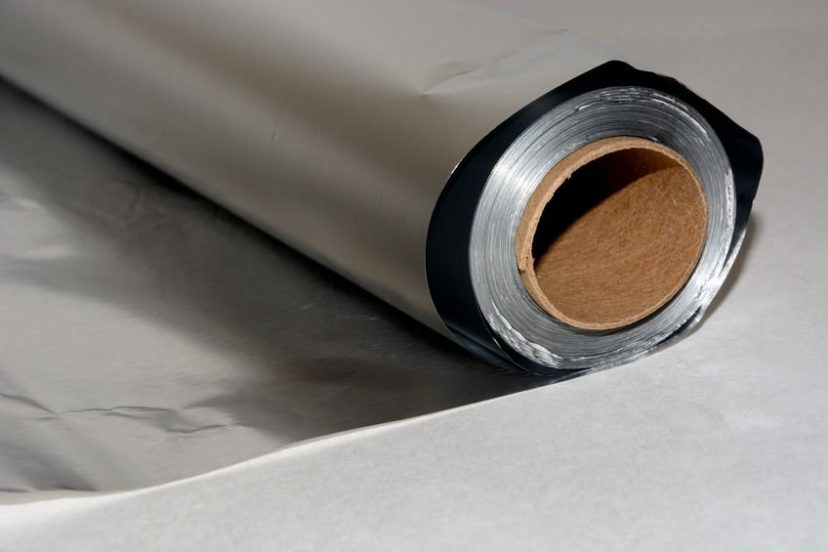
*We may earn a commission for purchases made using our links. Please see our disclosure to learn more.
Aluminum foil has been a kitchen staple for years. Beyond that, it’s used in construction, communications, insulation, and dozens of other areas, including industrial applications and even crafts. It’s an item that many keep stocked at home, simply because of how useful it is.
It’s clear that there’s a lot aluminum foil can do. But what about its radioprotective properties? Can aluminum foil block radiation?
The answer, really, depends on the type of radiation you’re talking about. In this guide, we will dive into how aluminum foil is made, and what characteristics make it protective against certain kinds of radiation. We will also talk about how you can use aluminum foil to help keep you and your family safer.
What is aluminum foil made from?
To gain some context, it’s helpful to understand what aluminum foil actually is. As the name suggests, the primary component of aluminum foil is aluminum, which is the 13th element on the periodic table. Aluminum can be found in large quantities in the Earth’s crust, meaning it is readily available, although it does require a complex process to extract aluminum from the raw material in which it is found.
Aluminum foil itself is made by putting aluminum on cold rollers. Beta radiation is applied, which passes through the aluminum (this is, perhaps, a spoiler as to what type of radiation aluminum foil can’t block) and is picked up by a sensor on the other side. This helps maintain a consistent thickness of the foil.
Previously, aluminum ingots were used, but most modern production involves a continuous casting method that is more energy-efficient. The end result is a foil that is shiny on one side and matte on the other, with different thicknesses and reflective properties, depending on the foil.
Does aluminum foil block radiation?
We mentioned earlier that the answer to this isn’t entirely straightforward, and that is because there are different types of radiation. Aluminum foil is effective against some, but not others.
In general, radiation is broken down into two main categories: ionizing and non-ionizing. Radiation is ionizing if it has enough energy to knock an atom’s electrons out of orbit. It is non-ionizing, then, if it lacks the energy necessary to do that.
Examples of ionizing radiation include x-rays, gamma rays, beta waves, and ultraviolet rays. This type of radiation is recognized as carcinogenic and potentially dangerous, especially in large quantities. At lower doses, it’s actually useful in medical imaging.
Aluminum foil does not block many types of ionizing radiation very effectively. The reason for that is ionizing waves require a very dense material to block them. Aluminum foil, meanwhile, is generally quite thin. You are much better off using a dense metal such as lead if the goal is to block ionizing radiation.
Non-ionizing radiation is a little different. In this category, we have radio frequency (RF) waves, microwaves, extremely-low frequency (ELF) waves, and infrared rays. You sometimes hear them all referred to as electromagnetic field (EMF) radiation. This type of radiation is present in fairly large quantities all around us. It’s produced by electrical wires, WiFi signals, Bluetooth devices, and even lightbulbs. To block EMF radiation, you need something conductive. And that is where aluminum foil comes in handy.
Because aluminum foil is a conductive material, it is quite effective at deflecting EMF radiation, provided there are no holes for it to slip through. RF-EMFs, ELF-EMFs, and even microwave radiation can be blocked by aluminum foil. In fact, aluminum is used inside many modern microwaves to help stop non-ionizing radiation from leaking out. Although, if you’ve read our guide to Microwave Oven Radiation, you already know that microwave ovens are still potentially dangerous, even with the use of aluminum as a safety measure.
The real question, then, is why would you want to block EMF radiation?
As it turns out, both RF and ELF radiation are recognized as possibly carcinogenic to humans by the World Health Organization’s International Association for Research on Cancer. They have been tied to problems with fertility in men, miscarriages in pregnant women, neurological issues, and other health problems. For more on possible health effects of exposure, see the Top 30 Studies on EMF Radiation.
Now, EMF radiation is regulated to a small extent. But, as we discuss in greater detail here, these regulations are not a fail-safe. While each individual device around us may only produce so much EMF radiation, our cumulative exposure is actually much higher. When you take into consideration WiFi signals, cell phones, cell towers, power lines, and all the other sources of EMF radiation that are present in our daily lives, it’s clear that we are exposed to much more than just one EMF-producing device at a time. FCC regulations, however, do not take that into account.
With all that in mind, if you are concerned about the effects of EMF radiation exposure or suffer from Electromagnetic Hypersensitivity (EHS), you may want to take steps to reduce your exposure. And since swearing off modern technology is not always a practical option, blocking materials such as aluminum foil can be very helpful.
Buying aluminum foil
If you want to use aluminum foil to create your own EMF protection items, choose a foil that is high quality and not prone to easily ripping. Examples of items you could create include cell phone cases, laptop pads, and smart meter shields.
For ideas on what type of foil to buy, read on.
Safe Living Technologies RF Shielding Foil
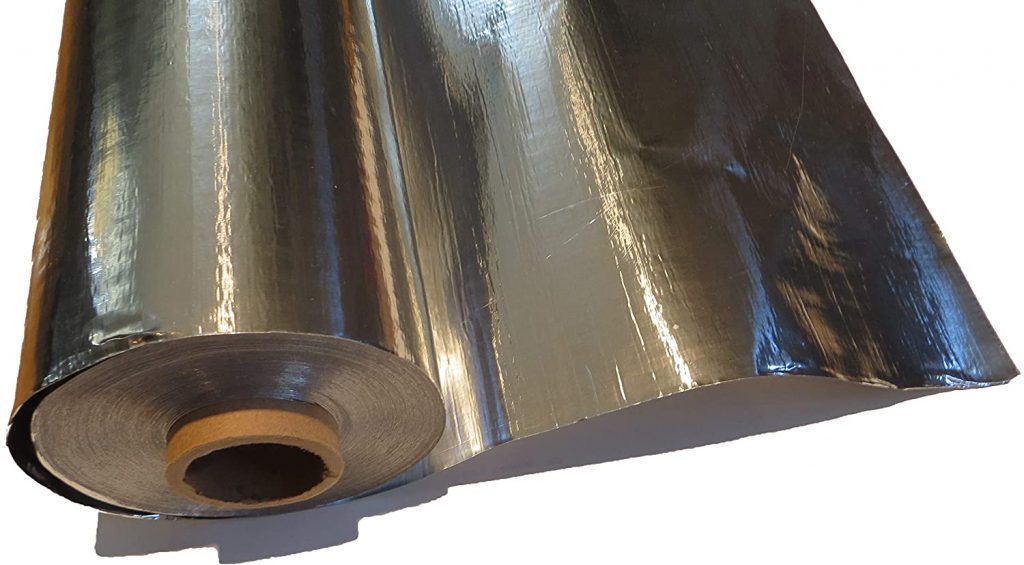
Designed specifically for RF shielding and WiFi blocking, Safe Living Technologies’ RF Shielding Foil is the perfect choice for DIY protective items. Each roll is 125 feet long and four feet wide, tear-proof, flexible, and lightweight. This foil is designed to block signals ranging from RF frequencies to electric fields.
Reflectix
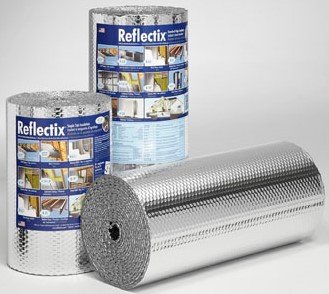
Reflectix is essentially an ultra-thick roll of aluminum foil, with some added insulation. It’s made from two exterior layers of aluminum foil with polyethylene layers in between them. The interior consists of bubbles and more polyethylene, resulting in a product that is incredibly strong and not prone to accidental tears. Each roll is 5/16-inches thick, 48-inches wide, and 10 feet long.
Rhino Aluminum Heavy Duty Foil
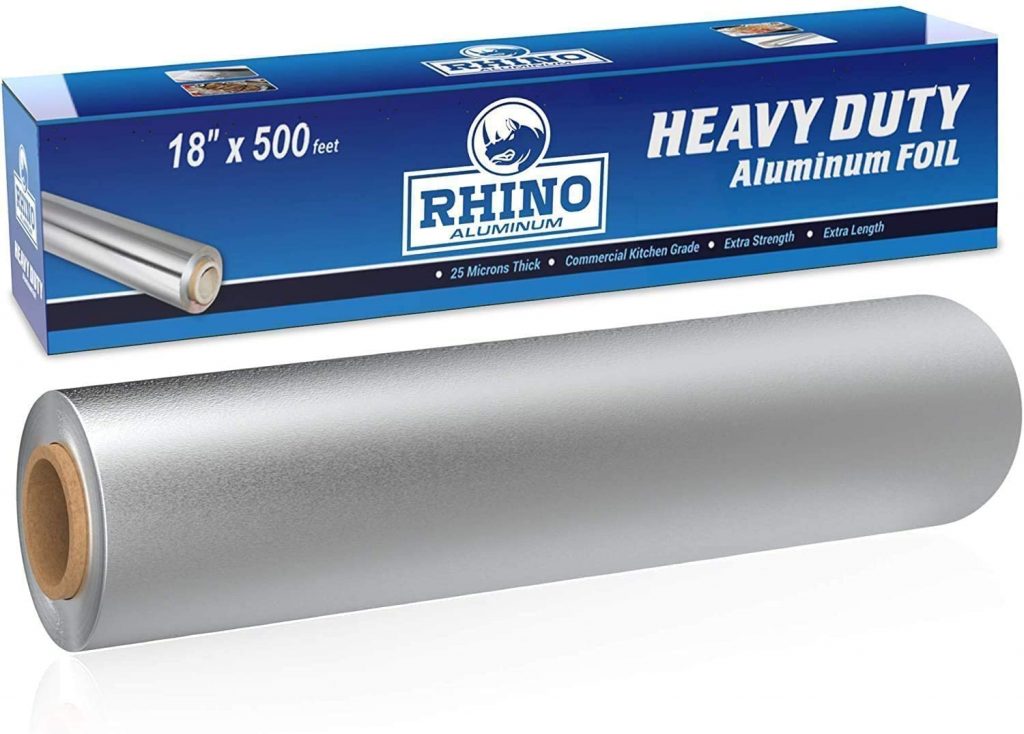
Coming in at 25 Microns thick, Rhino Aluminum’s foil is heavy-duty, durable, and perfect for creating EMF blocking items. Each roll is 18-inches wide and 500 feet long, and the foil was produced using the same standards used in industrial manufacturing. The foil sheet is easy-to-cut, food-safe, and highly-reviewed. If you want a roll of aluminum foil that is similar to what you would find in the store, this is an excellent option.
Testing your aluminum products
Once you’ve made your smart meter cover, cell phone case, or another protective item out of foil, the next step is to make sure it’s actually effective. Going the DIY route is excellent when it comes to saving money and earning a sense of satisfaction, but its effectiveness is really the most important thing. So how can you make sure your item really works?
The best way is by using an EMF meter. These are devices that can read the amount of EMF radiation present in the atmosphere. Some can only detect certain types of EMF radiation, so for best results, make sure yours can detect electric, magnetic, and RF radiation. One great option is the TriField TF2. For others, see The Best EMF Meters For Any Budget.
Once you have your device, it’s time to perform the test. First, take your reading as you would without any protective product installed. Then, install the device and repeat your reading. Let’s take a look at how that would look with a particular product.
Let’s say, for example, you made a smart meter shield out of aluminum foil, designed to be placed on an interior wall behind your smart meter. The goal of this device would be to block radiation from your smart meter from entering into your home through the walls.
To measure this device’s effectiveness, first, you would go inside your home and into the room that shares a wall with the smart meter. Turn the meter on and take measurements at varying distances away from the wall. You will probably notice that the number gets higher the closer you put the meter to the smart meter.
Next, install your aluminum foil smart meter guard. Repeat the reading, again at various distances. There will still be EMF radiation present — after all, the meter is picking up the EMFs produced by any device in your home, not just the object being measured. Nonetheless, if your barrier is effective, you should notice that the number reduces drastically once it is installed.
Final thoughts
Aluminum foil is one tool to use when trying to reduce your overall EMF exposure. For more ideas on steps to take, see our guide to whole-house protection. With EMF radiation, it is often impossible to eliminate your exposure entirely so simply reducing it as much as possible is a worthwhile goal.
To learn about other materials that block EMF radiation, see our guide here.
